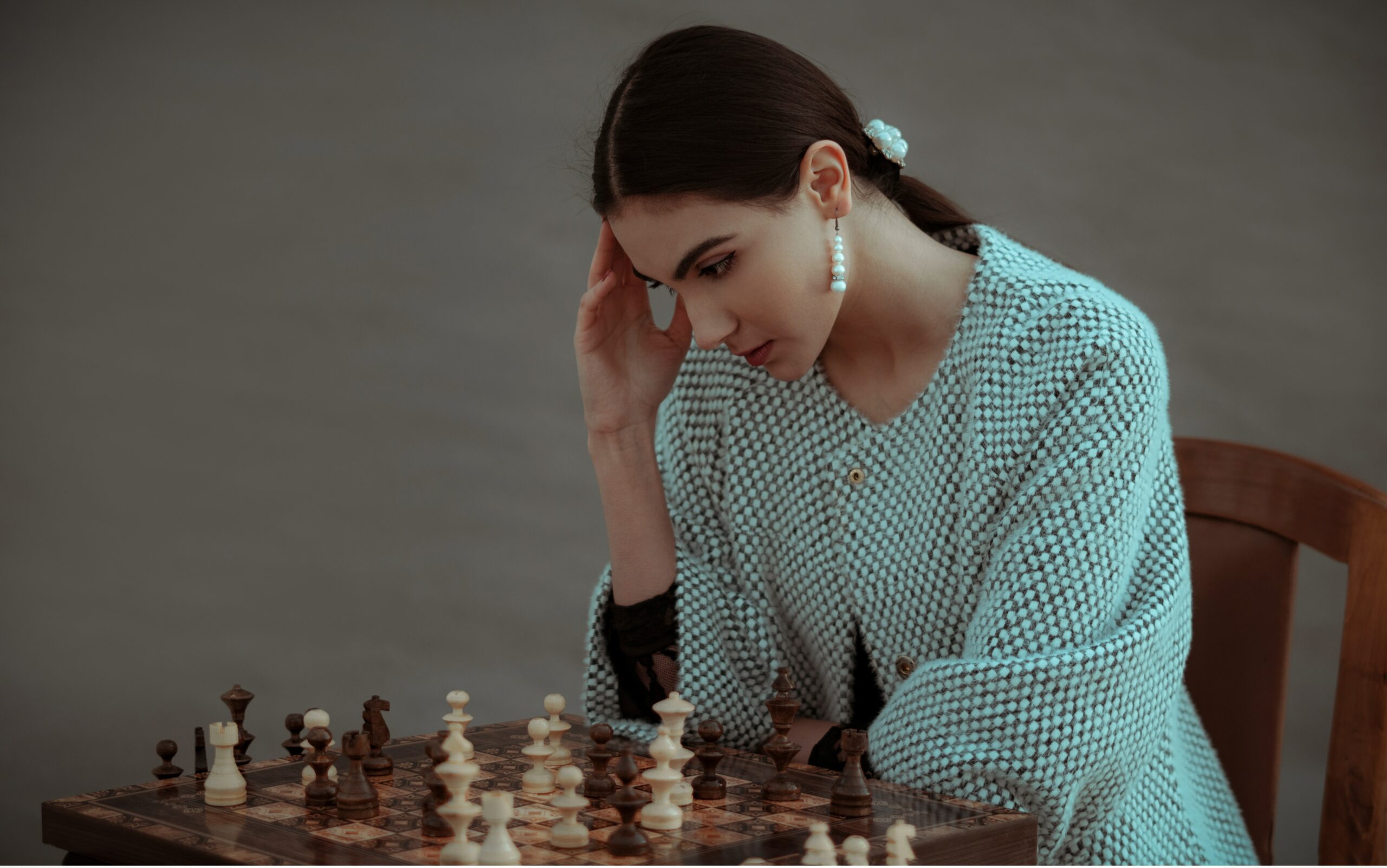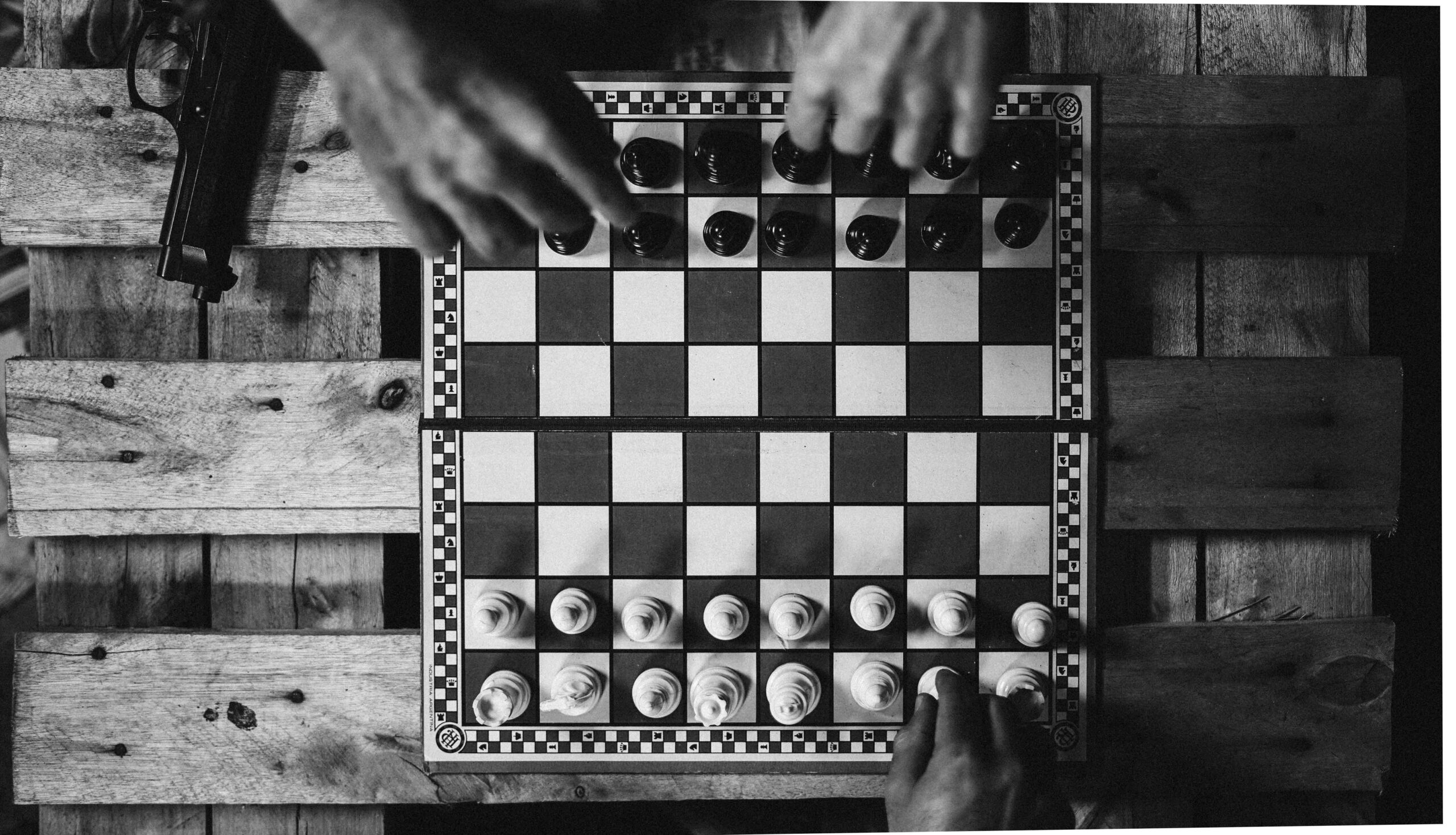Chess is a timeless game that has captured the imagination of players for centuries. If you’re new to chess, you may be wondering how many pieces are involved in this strategic battle of wits. Understanding the composition of the chess set and the roles each piece plays is fundamental to mastering the game.
In this article, we will delve into the world of chess pieces, exploring their types, quantities, and significance on the chessboard. Whether you’re a beginner or looking to enhance your chess skills, this article will provide valuable insights into the number of pieces in chess.
How Many Total Pieces Are Used in a Game of Chess?
In a standard game of chess, a total of 32 pieces are used. Each player begins with 16 pieces, forming a balanced army on the chessboard.
These pieces consist of pawns, rooks, knights, bishops, queens, and kings. The combination of these diverse pieces creates a dynamic and strategic battlefield, where each move matters.
What Are the Different Types of Pieces in Chess?
The chess set consists of six types of pieces: pawns, rooks, knights, bishops, queens, and kings. Each piece has its own distinct characteristics, movements, and strategic value.
Understanding these pieces and their capabilities is crucial for developing effective strategies and outmaneuvering your opponent.
How Many Pawns Are There in a Chess Game?

At the beginning of a chess game, each player commands eight pawns. Pawns are the smallest and most numerous pieces on the board.
They are strategically placed in front of the other pieces, forming a protective shield. While pawns have limited mobility, they play a vital role in controlling the center of the board and initiating attacks.
How Many Rooks Are There in a Chess Game?
In a standard game of chess, each player possesses two rooks. Rooks are powerful pieces that excel in open positions. They can move horizontally or vertically across the board, covering multiple squares in a single move.
Rooks are essential for controlling files and ranks, and they often play a crucial role in checkmating the opponent’s king.
How Many Knights Are There in a Chess Game?

Both players start with two knights in a game of chess. Knights are unique in their movement pattern, capable of leaping over other pieces. They move in an L-shape, consisting of two squares in one direction and then one square perpendicular to it.
Knights are valued for their versatility, as they can access squares that other pieces cannot. Their ability to fork and attack multiple pieces simultaneously makes them formidable assets in tactical situations.
How Many Bishops Are There in a Chess Game?
Each player is equipped with two bishops at the start of a chess game. Bishops are long-range pieces that move diagonally across the board.
They can traverse the entire length of the board, provided there are no obstacles in their path. Bishops are particularly valuable in open positions, where they can control multiple diagonals and influence a wide range of squares.
How Many Queens Are There in a Chess Game?
In a game of chess, each player commands one queen. The queen is the most powerful and versatile piece on the board. It can move any number of squares in a straight line horizontally, vertically, or diagonally.
The queen’s ability to influence multiple areas of the board simultaneously makes it a dominant force in the game. The queen is often considered the most valuable piece, as it can execute a variety of strategic and tactical ideas.
How Many Kings Are There in a Chess Game?

Each player starts with one king, the most important piece on the chessboard. The primary objective of the king is to be protected from capture and to avoid checkmate.
While the king has limited mobility, it becomes more active and involved in the game during the endgame phase. In the endgame, the king can participate in the attack and defense of the remaining pieces.
Are There Any Additional Pieces Apart from the Standard Ones?
In the standard rules of chess, there are no additional pieces beyond the ones we’ve discussed. However, it’s worth mentioning that there are variant chess games that introduce new pieces and rules, adding further excitement and complexity to the game. These variants can be a great way to explore new strategies and challenge your chess skills.
Starting Arrangement of the Pieces on the Chessboard
The pieces are arranged in a specific manner at the beginning of a chess game. The back row, also known as the first rank, is populated by the player’s rooks, knights, bishops, queen, and king.
The second rank is filled with eight pawns. This initial setup ensures a balanced and strategic position for both players.
Comparison of Chess Pieces
| Piece | Quantity | Movement | Value |
|---|---|---|---|
| Pawn | 8 | Forward, capture | 1 |
| Rook | 2 | Horizontal, vertical | 5 |
| Knight | 2 | L-shape | 3 |
| Bishop | 2 | Diagonal | 3 |
| Queen | 1 | Any direction | 9 |
| King | 1 | One square | – |
Examples of Chess Pieces
- Pawns: They start the game and move forward, capturing diagonally.
- Rooks: They move horizontally and vertically, controlling files and ranks.
- Knights: They have a unique L-shaped movement and can jump over other pieces.
- Bishops: They move diagonally, covering long distances across the board.
- Queens: They have unrestricted movement, capable of moving in any direction.
- Kings: They have limited mobility but play a central role in the endgame.
How Many Pawns Are Promoted in a Chess Game?
In a game of chess, pawns have the unique ability to be promoted when they reach the opposite end of the board. When a pawn advances all the way to the eighth rank, it can be promoted to any other piece except for a king.
This opens up exciting possibilities, as a pawn can be transformed into a more powerful piece such as a queen, rook, knight, or bishop. Promoting a pawn strategically can greatly impact the course of the game and give players a significant advantage.
Can Pieces Be Captured in Chess?
Yes, capturing an opponent’s pieces is an integral part of chess. When a piece lands on a square occupied by an opponent’s piece, it captures that piece and removes it from the board.
Capturing is essential for gaining material advantage and weakening the opponent’s position. Each piece has its own rules for capturing, and careful consideration must be given to the consequences of each capture.
Are There Any Special Moves in Chess?
In addition to the standard movements of each piece, there are a few special moves in chess. One such move is called castling, which involves the king and one of the rooks. Castling allows the king to move two squares toward a rook, and the rook moves to the square next to the king.
This move serves to safeguard the king and connect the rooks, enhancing their effectiveness. Another special move is en passant, which occurs when a pawn advances two squares from its starting position and lands next to an opponent’s pawn. The opponent has the opportunity to capture the advancing pawn “en passant” as if it had only moved one square forward.
What Happens When a King Is in Check?
When a king is under threat of capture by an opponent’s piece, it is said to be in check. The player whose king is in check must take immediate action to remove the threat. This can be done by moving the king to a safe square, capturing the threatening piece, or blocking the attack with another piece.
Failing to address a check can lead to a checkmate, which results in the loss of the game. Understanding how to handle check situations is essential for protecting the king and maintaining a strong position.
How Many Pieces Should I Sacrifice in a Chess Game?
Sacrificing pieces can be a strategic decision in chess. Sometimes, sacrificing a piece, especially a less valuable one, can lead to gaining a positional or material advantage. Sacrifices are often made to create tactical opportunities, break through the opponent’s defenses, or launch a devastating attack.
However, sacrificing pieces should be carefully calculated and based on a thorough assessment of the position. Knowing when to sacrifice and how many pieces to sacrifice is a skill that comes with experience and a deep understanding of the game.
What Is the Role of Material Advantage in Chess?
Material advantage refers to having more valuable pieces on the board than the opponent. In chess, the pieces have assigned values, with the queen being the most valuable piece.
Having a material advantage provides more options and resources to execute attacks, defend strategically, and maneuver the pieces for a favorable outcome. However, material advantage alone is not always decisive. Skillful piece coordination, positional understanding, and tactical finesse also play significant roles in achieving victory.
To Summarize,
In the game of chess, the number and types of pieces play a crucial role in determining the strategies and outcomes. From the humble pawns to the mighty queen, each piece has its own movement pattern and strategic value.
Understanding the composition of the chess set, including the 32 pieces and their roles, is essential for aspiring chess players. By mastering the intricacies of each piece, players can enhance their tactical skills and develop winning strategies. So, dive into the world of chess, and let the pieces guide you on a captivating journey of strategy and skill.




